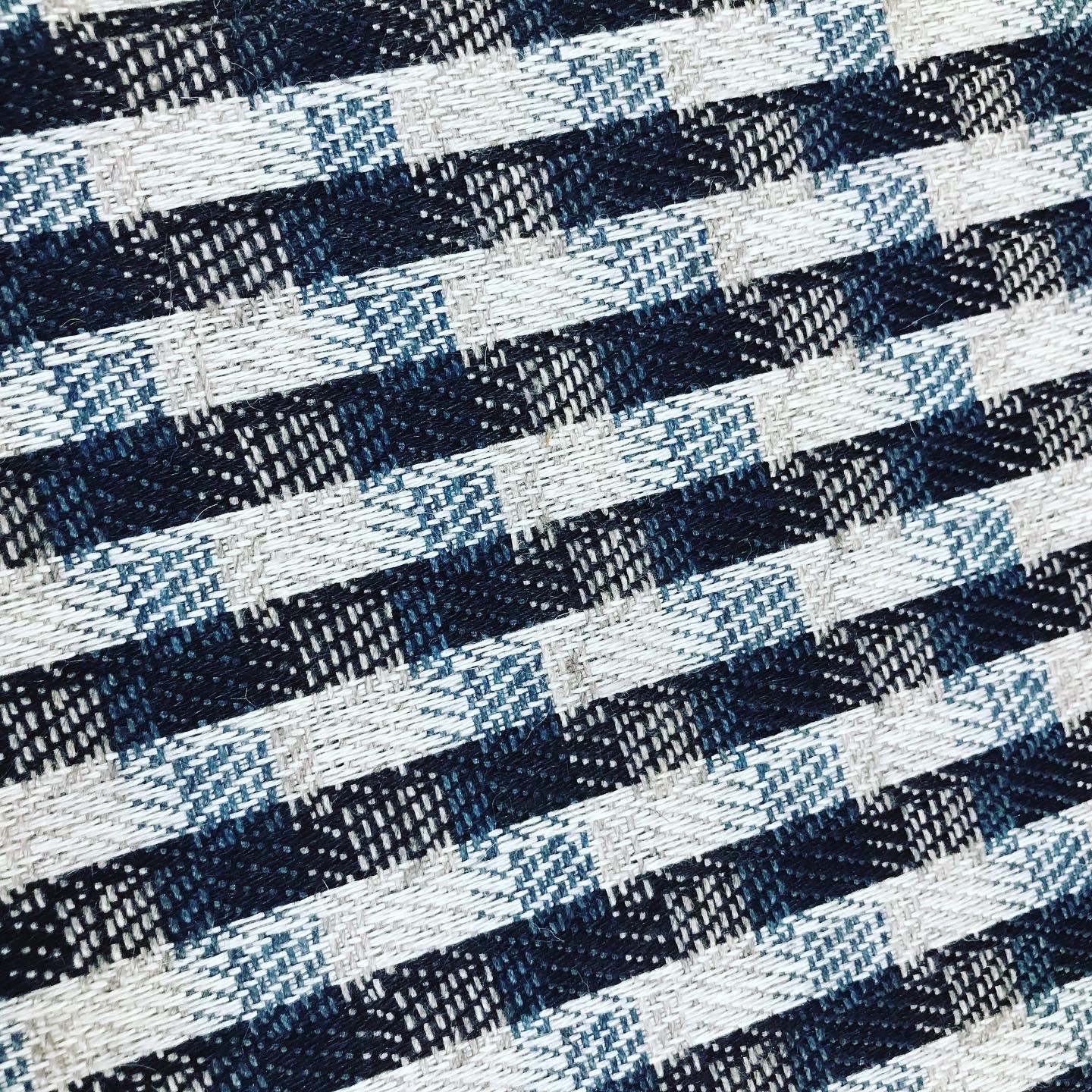
Episode #26: Canada’s Forgotten Quilts.
Can a nation simply forget an astonishing operation in which its women and children made nearly half a million quilts to comfort the victims of the Second World War in Europe? It seems that Canada has come close to that. Only now, nearly 80 years later, is this story being pieced together for the first time by some very determined researchers and textile sleuths. It’s a tale that has never been properly told and the women and children who made these quilts have never been honoured or really thanked for their work, either by Canada or by the nations that received the quilts.
Episode #25: What Samplers Tell Us About The Hands That Made Them.
Samplers tell us stories in stitch, but whose tale are they telling? Perhaps the story of a young woman describing her own family and choosing her own patterns and pictures, a child learning her alphabet and numbers by stitching. Or maybe it’s an anonymous sampler from a woman being prepared for a role in which she will spend a life stitching other people’s stories, effacing her identity, working as a seamstress or a servant.
Episode #24: Shoddy, The Once and Future King
There’s a way of producing cloth that has been called 200 years of secrecy and lies. It has played a central role in wars, and slavery. It was the foundation of cheaper clothing and clothes rationing. It has changed laws and been the subject of many official inquiries as well as helping to grow the finest rhubarb in the world. This episode looks at how it may now be entering a new phase of its life, offering us a way to prevent our addiction to textiles from ruining the planet.
Episode #23: Lyon: City of Silk
Jo Andrews
How do textiles shape a city, and how, in turn, do a city and its people shape and change the world of textiles? This episode looks at what the fabrics created in Lyon, in France, tell us about the lives of the people who lived and worked here. It looks at how the innovations that the weavers of Lyon helped to bring about changed us forever, ushering in early ideas of fashion, and at the same time witnessing and utilising the very first steps towards the digital age.
Episode #22: African Wax Cloth
Jo Andrews
African Wax Cloth is having its moment in the sun and it seems to be everywhere, from the catwalks of Paris and New York to the humblest country fabric shop. To the world’s eyes it is joyful and original, a celebration of West African identity and culture. But what is this fabric, where does it really come from and what does it mean to the different societies and communities that have had a hand in shaping it?
Episode #21: Whole Cloth From the Hills: North Country Quilts
Jo Andrews
Textiles can tell us different stories – not just those of the rich and powerful – they have the power to take us beyond that and tell us tales of working people, families living difficult lives in tough times, those whom history and the written records tend to overlook. This episode is about whole cloth quilting. It explores how this technique and process eventually settled in one area of England and became an emblem of pride and local identity for people who had hardscrabble lives.
Episode #20: Paisley – The Pattern Nomad
Jo Andrews
Can something belong to us all – just by virtue of the fact that we are human beings? If anything has a claim to that – it is the Paisley motif, which has woven its way in and out of human history like no other pattern. This week’s episode traces the history and some of the many appearances attached to this lovely shape, from its incarnation as a tree of life in ancient Babylon to becoming an emblem of America’s Wild West and the Swinging Sixties in London.
Episode #19: The United Nations of Cloth
Jo Andrews
In the West of England lies an old house that is a quiet treasure chest of textiles. The man who has built up this astonishing United Nations of cloth is using them to change the way all of us value and understand textiles. Over many years Karun Thakar has created a collection of handmade textiles from Africa, Asia, and Europe. Some of these fabrics would have been the height of fashion in their day, destined for trade, but others are humble, domestic miracles telling tales of hardship and struggle, often outlining the difficult lives of the women who made and repaired them.
Episode #18: Introduction to The Chatter of Cloth
Jo Andrews
Welcome to the third season of Haptic and Hue’s Tales of Textiles. This series is called The Chatter of Cloth and each of the eight episodes starts with a specific piece of fabric and tracks its tale. This introduction sets the context for the season and provides a guide to what is in store. Textiles have been called a detective story that you can hold. Here are eight small detective stories for those of us who can hear what textiles have to tell us about great events, extraordinary kingdoms and empires of the past, or just about a village or our own families.

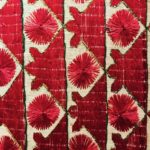
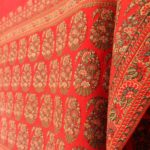
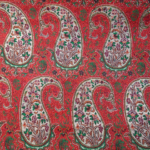
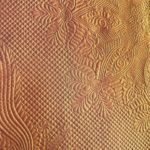
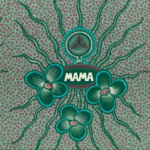
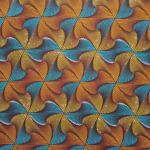
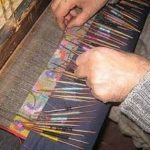
Images from Haptic and Hue’s third podcast series – The Chatter of Cloth

